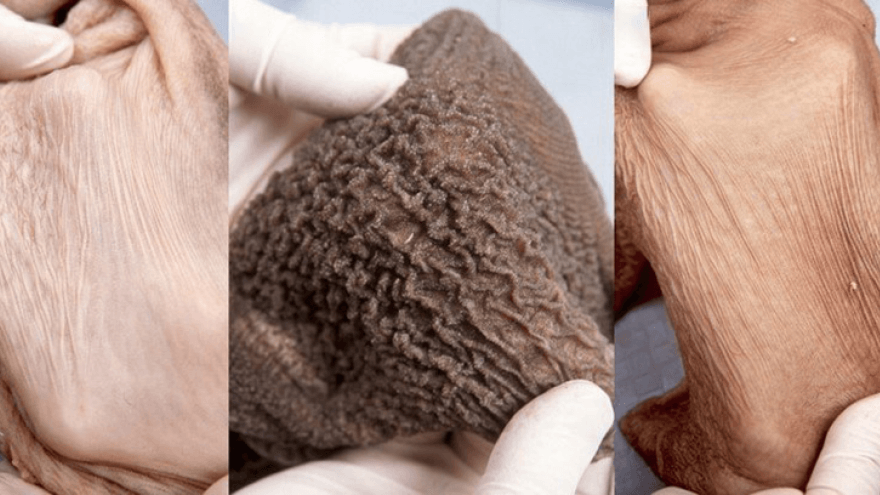
Feeding grain supports rumen development in calves
When a calf is born, the rumen is non-functional with few microorganisms. As dairy farmers, it is our role to help this process along, so that by maturity, the rumen is a fully functional fermentation vat that can digest grass, straw, grains and other concentrates.
Calves are born with a stomach that has four compartments: the rumen, reticulum, omasum and the abomasum. At this early stage, the rumen takes up roughly 25 percent of the total stomach capacity and is under-developed, lacking a population of microorganisms. By maturity, the rumen takes up approximately 80 percent of the total stomach, allowing the cow to process grass and other solid feeds.
The abomasum, on the other hand, takes up 60 percent of the stomach capacity at birth but only 7 to 8 percent at maturity. It is the only compartment actively involved in the digestion of milk, providing the calf its nutrients. The abomasum is critical to understanding how to maximise rumen development whilst maintaining good calf growth on milk followed by transitioning off milk.
So how do we encourage rumen growth? By feeding calves grain which when consumed promotes rumen development. This is demonstrated in the image below, taken from a Penn State University trial¹ in which a number of feeding strategies were tested by comparing rumen development in calves at six weeks of age. Photo A shows the rumen of a calf fed milk only, Photo B shows the rumen of a calf fed milk and grain while Photo C is the rumen of a calf fed milk and hay.
The trial results show that the calf fed milk and grain has a darker appearance and more rumen papillae than the other two. This enables the calf to absorb more nutrients due to the increased surface area.
This study emphasises the importance of giving calves access to a high quality starter meal from day three. PGG Wrightson Grain produces a range of quality calf meals including Gusto 20%.
Along with a quality starter meal, ensure your calves have access to clean, fresh water. When calves drink milk or milk replacer, the milk is funnelled through the oesophageal groove to the true stomach and not into the rumen. Water on its own is directed to the rumen, where it becomes available for the microbes to populate.
Quality hay also helps with rumen development and reduces the risk of acidosis.
With an understanding of the ingredients needed to assist with rumen development, wean calves when they have reached target weaning weight and eating at least one kilogram of meal per day for three consecutive days. Then weaning off milk can be done gradually, to minimise a postweaning growth check.
To view PGG Wrightson Grain’s Gusto range of calf meals, go online to store.pggwrightson.co.nz or visit your local PGG Wrightson store. Gusto 20% is on special in this month's Stock 'n' Save.
¹ Jones, C.M. & Heinrichs, J. (2017). Feeding the Newborn Calf. Penn State Extension. Accessed 5th May 2021 from https://extension.psu.edu/feeding-the-newborn-dairy-calf.



